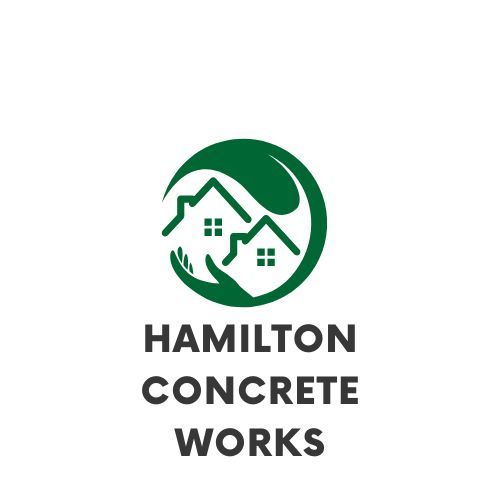Understanding the Underlying Causes of Flagstone Deterioration
The inspection process
Inspecting flagstone for deterioration aims to uncover not just the visible issues but also the underlying causes that might have led to the problems. Here are some common underlying issues that can lead to flagstone deterioration:
Poor Installation:
Improper installation techniques, including incorrect leveling, inadequate mortar mixing, or improper stone placement, can lead to issues like cracking, loosening, or shifting over time. These underlying problems may not be immediately visible but become apparent as the flagstone begins to deteriorate.
Substandard Materials:
The use of substandard materials during installation, whether in the stones themselves or the mortar or adhesive used, can result in a lack of durability and lead to premature wear and tear.
Inadequate Drainage:
Water accumulation can be a significant issue for flagstones. If water doesn't drain properly, it can lead to efflorescence, freezing and thawing cycles (in cold climates), and even shifting of the stones. Identifying and rectifying drainage problems is vital to the longevity of the flagstone surface.
Soil Movement or Settlement:
Over time, the soil or base material underneath the flagstones can settle or shift. This movement can cause the stones to become uneven or crack. An inspection can identify these issues and assess the need for releveling or additional support.
Environmental Factors:
Exposure to harsh weather conditions, chemicals, or heavy traffic can wear down the protective sealant and the stones themselves. Factors like extreme temperature fluctuations, exposure to salt, or heavy loads can erode the integrity of the flagstones.
Biological Growth:
The growth of moss, algae, or other biological organisms can weaken the joints and surface of the flagstones, leading to deterioration over time. Identifying these issues early on can help in treating them before they cause more significant damage.
Tree Roots or Underground Obstructions:
In some cases, the growth of tree roots or other underground obstructions can push against the flagstone from below, causing them to lift, crack, or become misaligned. An inspection may include assessing the potential impact of nearby vegetation and other subterranean factors.
Maintenance Neglect:
Lack of proper maintenance can lead to various underlying issues. Regular cleaning, resealing, and monitoring can prevent small problems from escalating into more serious damage.
The inspection process for flagstone repair is comprehensive and requires a deep understanding of the potential underlying issues that might lead to deterioration. Identifying these problems early on can save time, effort, and expense in the long run, preserving the appearance and integrity of the flagstone surface. Whether it's an issue with the materials, installation, environment, or maintenance, a professional inspection can diagnose the underlying causes and recommend the appropriate corrective actions.

